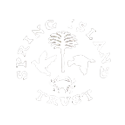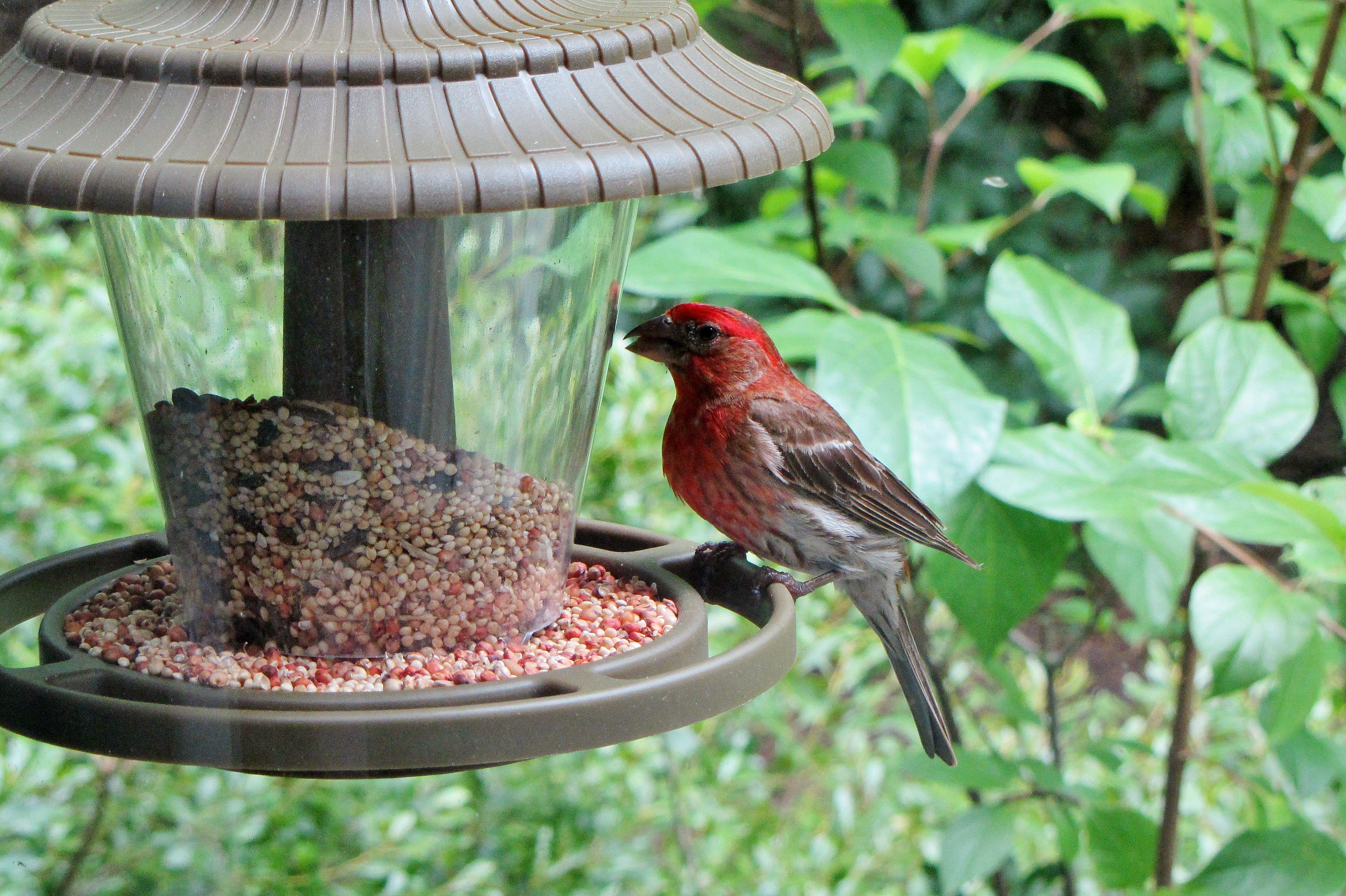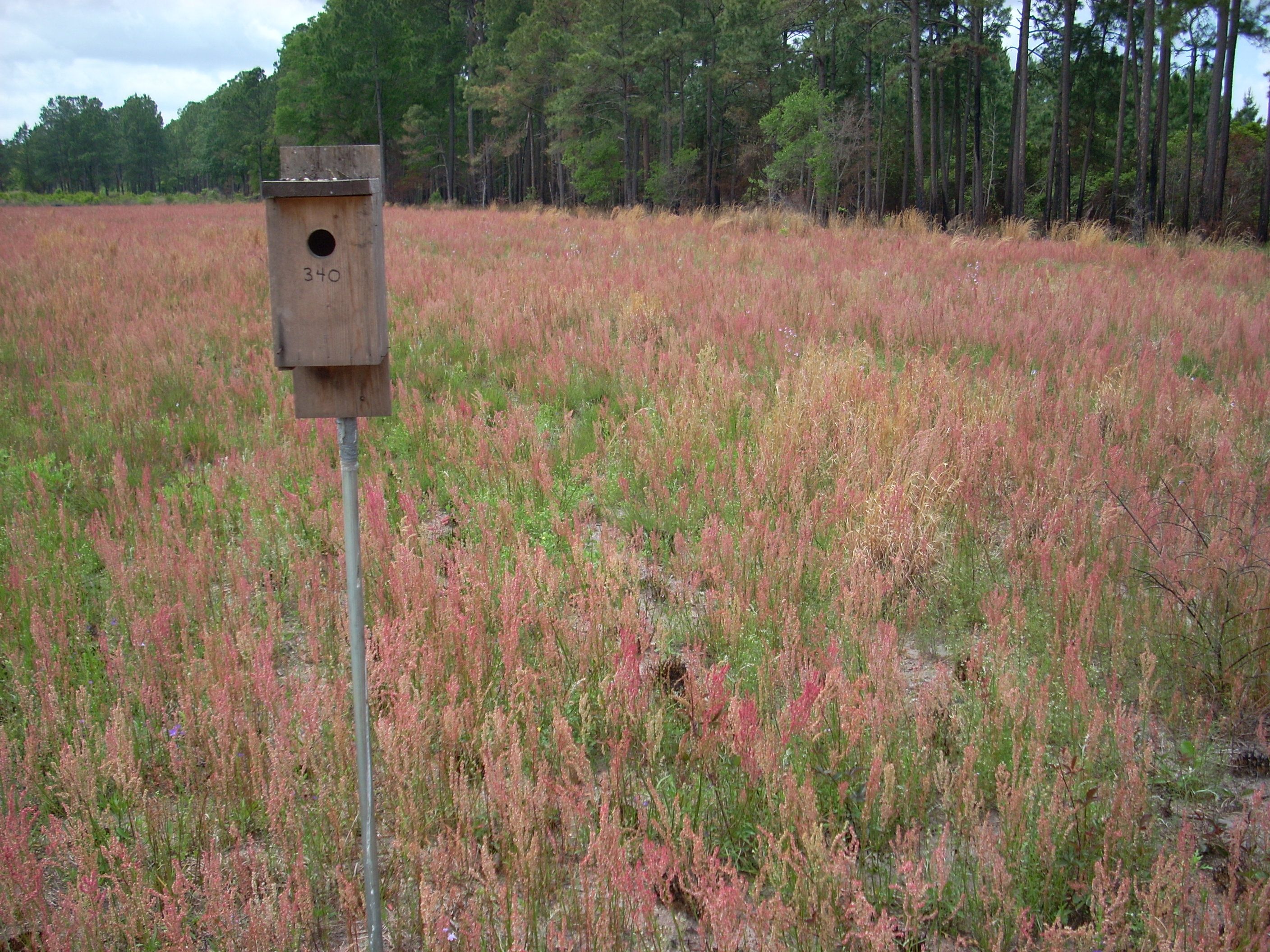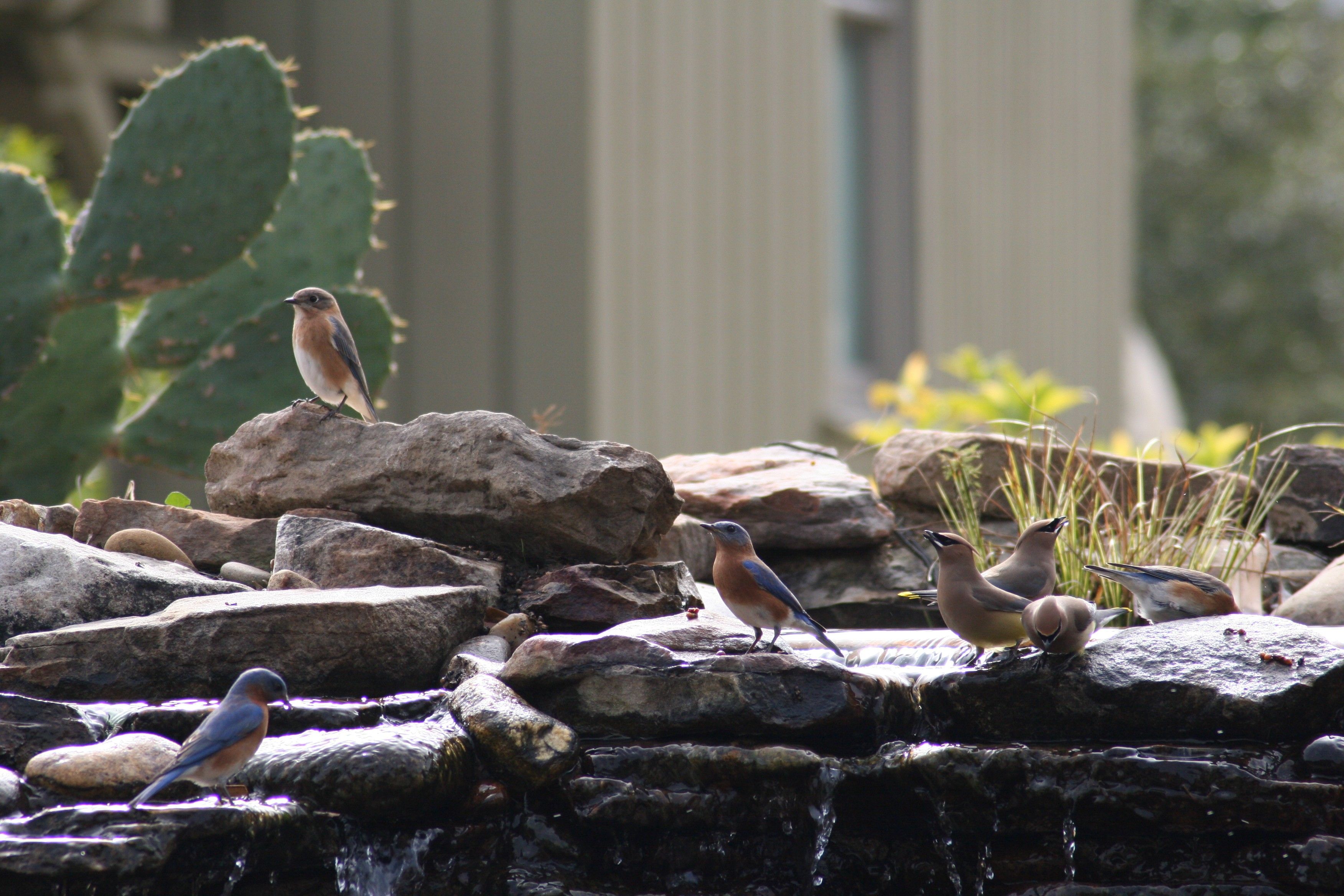Living with Wildlife
Bird feeders
Birdseed, suet and sugar solutions are the most common foods used to attract birds. Birds with a large bill, such as towhees and cardinals generally prefer large seeds like black oil sunflower seed. Small-billed seedeaters, such as buntings and chipping sparrows, prefer millet and other small seeds. Goldfinches have a special fondness for thistle seed.
Birds with slender bills typically eat insects, but they will also eat berries when available. During winter, some of these species will eat suet cakes or homemade recipes of suet and peanut butter. Species attracted to suet cakes include woodpeckers, warblers, chickadees, nuthatches, wrens, and occasionally bluebirds.
To attract hummingbirds hang a couple of red hummingbird feeders filled with a solution of 4 parts water to 1 part sugar in mid-March. Do not add red dye to the water; the red feeder will attract the birds. Placing feeders on different sides of your house will increase the number of visits because hummingbirds are very territorial. Feeders should be emptied and refilled once a week during warmer months. Even if you don’t see hummingbirds in the early summer you may attract them as they start their southern migration in July. Keep your feeders out as long as hummingbirds are present.
Attract orchard orioles by putting out orange slices, grape jelly or by having a hummingbird feeder that allows the oriole to perch while feeding.
Birdhouses
Birdhouses attract bird species that typically nest in natural cavities that are often created by woodpeckers. Bluebirds require open areas with large areas of short grass — they avoid wooded areas. Species that use a nesting box include chickadees, titmice, nuthatches and Carolina wrens. A box with a slightly larger opening might attract a great crested flycatcher. European starlings also use boxes with larger holes. A funnel-shaped predator guard mounted on the box pole will reduce the risk posed by rat snakes and raccoons. Spring Island residents monitor bluebird boxes throughout the Island.
Purple martins will also use birdhouses, but only if the martin house is in a wide-open area. On Spring Island purple martins are most often found at the end of a dock or in a large, open field.
Dead trees or snags also provide habitat for birds that nest in cavities.
Water Features
Birds are attracted to water throughout the year. A water feature can be as simple as a dish under a faucet or as sophisticated as a recirculating, running stream of water cascading into a series of shallow pools. Drippers placed on a traditional birdbath will attract migrating birds. Birdbaths require regular maintenance because they quickly become overgrown with algae. Clean your birdbath with a weak bleach solution to kill algae and disease-causing bacteria.
If you are designing a water feature to be used by birds, make sure it has shallow areas (less than an inch deep) where small birds can stand in the water and bathe. A water feature with a gently sloping edge will provide varying depths for all sizes of birds. Water features with deep areas will attract small alligators.
Providing suitable habitat
Songbirds are abundant on Spring Island throughout the year because of the diversity of habitats, abundance of insects and numerous fruit-bearing plants. Caterpillars are an important food source during the breeding season. Weedy areas with host plants for butterflies and moths create excellent summer and fall feeding areas that also support grasshoppers and other insects that overwinter on Spring Island.
If you plant the right species of shrubs and trees in your yard a wide variety of songbirds will be attracted year-round. The key is to provide berries in all seasons. In late summer fruits high in sugar are common. Some of the most popular native species are black cherry, devil’s walking stick and elderberry. In early fall the fruits of Virginia creeper, dogwood, beautyberry, blackgum and Jack-in-the-pulpit ripen and attract migrating warblers, thrushes and vireos. Some winter fruits, such as wax myrtle and sugarberry, have a long “shelf life” because they are high in wax. They are a critical food source during cold spells. Other fruits, such as the holly berries, remain on the plant for an extended period before birds such as cedar waxwings and wintering robins find them edible.
It is critical for songbirds to have the right habitat. Evergreen shrubs near a bird feeder or birdbath provide cover from Cooper’s and sharp-shinned hawk attacks. A healthy, wide nature curtain also attracts birds during the nesting season. Towhees, white-eyed vireos and barred owls nest within these forested strips between adjacent homes.
Painted buntings are a favorite species. Thickets for nesting, patches of native grasses in seed and herbaceous plants provide important habitat for painted buntings, especially when they have young. They love feeders filled with white millet seeds. Buntings have virtually disappeared from other residential communities that are highly manicured.

Copyright © Spring Island Trust
40 Mobley Oaks Ln. · Okatie, SC 29909 · 843-987-7008
Site by Sans Sheriff Studio



